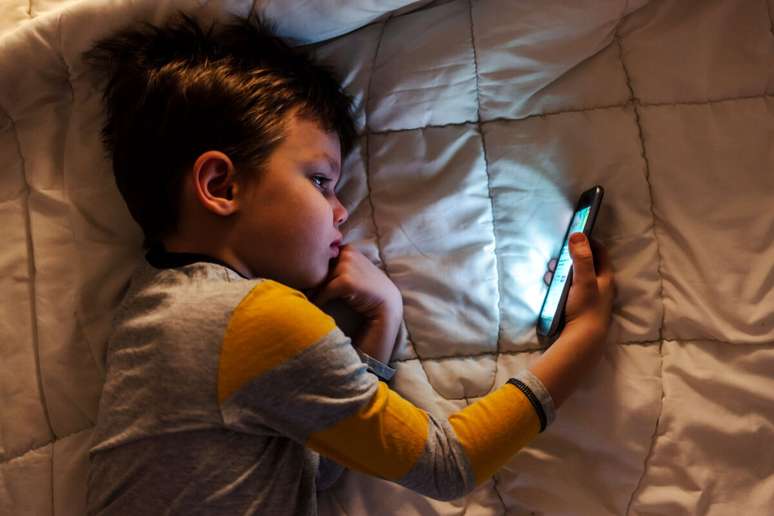The adoption of a balanced diet, the encouragement of regular physical exercise and adequate medical monitoring are essential
Childhood obesity is a condition characterized by excess weight in children and adolescents, resulting from an imbalance between calorie consumption and energy expenditure. It is considered a public health problem due to its significant impact on the physical, emotional and social well-being of children.
The National Food and Nutrition Policy (PNAN) recently recognized that obesity is currently a public health problem. According to the agency’s latest survey, carried out in collaboration with the SUS (Unified Health System), more than 340,000 Brazilian children between the ages of 5 and 10 are obese.
“The data reflects evil children’s nutritionin line with a sedentary lifestyle today. Children’s diets are highly industrialised, with an increasing consumption of sweets, fast foodsfrozen foods, biscuits, snacks, sausages, canned products, etc.”, comments Carla Jadão, professor of Nutrition at the University of Anhanguera.
Diagnosis of obesity in children
Childhood obesity is identified through assessment of body mass index (BMI), adjusted for the child’s age and sex, using growth charts developed by health agencies. THE BMI it is calculated by dividing the child’s weight (in kilograms) by his height squared (in meters). When the result is above the 95th percentile in the corresponding graph, the child is classified as obese.
Additionally, other factors are taken into consideration, such as medical history, dietary habits, level of physical activity, and possible genetic or metabolic conditions. Consulting a pediatrician or healthcare professional is essential for an accurate diagnosis and guidance on the best measures to take.
Prevention and treatment of childhood obesity
Below, Carla Jadão lists 6 tips to help prevent and treat childhood obesity. Check!
1. Physical activity
The recommendation is to carry out, at least, an average of 60 minutes of moderate physical activity per day for children and adolescents and approximately 150 and 300 minutes of moderate intensity physical activity per week for adults. Involve your child in activities he enjoys, such as sports, dancing or playing outside.
2. School involvement
Encourage participation in physical education programs and extracurricular activities at school. Support the school programs they promote nutrition education and healthy eating habits.

3. Decrease in the use of technologies
With the development of technology, many children and adolescents spend more time in front of computers, cell phones, tablets and television, thus distracting them from activities that develop their physical abilities. In this way the family unit can contribute to reversing the situation, through good practices and the support of the pediatrician.
4. Healthy eating
Encourage a diet rich in fruits, vegetables, whole grains, lean proteins and low-fat dairy products. Reduce your intake of foods high in added sugars, saturated fats and sodium. Keep a food diary to track your food intake and identify areas that need improvement.
5. Hydration
Instead, encourage water consumption sugary drinkssuch as soft drinks and processed juices. Offer healthy drinks, such as natural juices and skim milk.
6. Psychological, psychiatric and physical help
Bring the child to requests Regular meetings with these professionals to monitor growth and weight and to offer emotional support. This way you can develop a personalized action plan.
By Nicola Montini Pereira
Source: Terra
Ben Stock is a lifestyle journalist and author at Gossipify. He writes about topics such as health, wellness, travel, food and home decor. He provides practical advice and inspiration to improve well-being, keeps readers up to date with latest lifestyle news and trends, known for his engaging writing style, in-depth analysis and unique perspectives.








